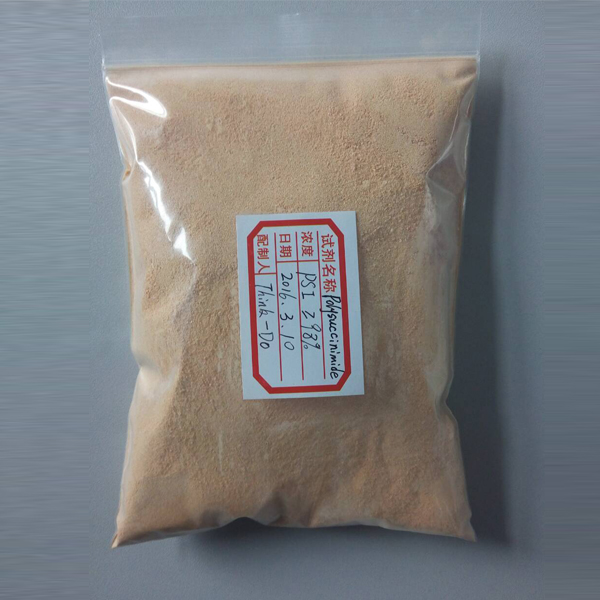
News
Nov . 11, 2024 14:59 Back to list
edta industrial use
The Industrial Use of EDTA A Comprehensive Overview
Ethylenediaminetetraacetic acid, commonly referred to as EDTA, is a versatile chelating agent widely utilized across various industrial sectors. Discovered in the 1930s, this compound has since gained prominence due to its ability to form stable complexes with metal ions. Consequently, EDTA plays a crucial role in numerous applications, including water treatment, pharmaceuticals, agriculture, and food processing.
Water Treatment
One of the primary industrial uses of EDTA is in water treatment. Water often contains dissolved metal ions, such as calcium, magnesium, and iron, which can lead to issues like scale formation and cloudiness. In industrial processes, excessive scaling can cause equipment failure and reduce efficiency. EDTA effectively binds these metal ions, preventing them from precipitating out of solution and helping to maintain water clarity. This application is especially important in industries that require high-quality water, such as power generation and manufacturing.
EDTA is also utilized in wastewater treatment to remove toxic metals, including lead, cadmium, and mercury. These heavy metals are harmful to both aquatic life and human health. By employing EDTA in the treatment process, these contaminants can be effectively immobilized and removed from the water, making it safer for disposal or re-use.
Pharmaceuticals
In the pharmaceutical industry, EDTA is used for its chelating properties to improve the efficacy of certain drugs. It stabilizes metal ions in medicinal formulations, ensuring the preservation of drug quality and effectiveness. Additionally, EDTA is employed in chelation therapy, a medical treatment used to detoxify patients suffering from heavy metal poisoning. By administering EDTA, clinicians can bind toxic metals in the body, facilitating their excretion via urine. This therapeutic use underscores the importance of EDTA in enhancing patient safety and treatment efficacy in medical settings.
Agriculture
EDTA is also vital for agricultural applications, particularly in the formulation of fertilizers and soil treatments. Many essential nutrients in soil, such as iron, copper, and zinc, can become unavailable to plants due to the presence of competing metal ions or from precipitation in alkaline conditions. By using EDTA in fertilizers, these metal ions are chelated and rendered bioavailable, promoting better nutrient uptake for crops. This results in improved agricultural yields, contributing to food security, especially in regions with nutrient-deficient soils.
edta industrial use

Moreover, EDTA is used in hydroponics and controlled-environment agriculture systems, where precise nutrient management is essential for optimal plant growth. The ability of EDTA to stabilize nutrients in solution ensures that plants receive the required minerals, enhancing growth rates and overall health.
Food Processing
In the food industry, EDTA serves multiple roles. It is often used as a food preservative due to its ability to bind deleterious metal ions that can catalyze rancidity and spoilage. By stabilizing food products, EDTA helps extend shelf life and maintain quality. Common applications include the preservation of canned and bottled products, where metal ions can significantly alter taste and color. Additionally, EDTA is utilized in whitening agents and as a stabilizer in processed foods, ensuring consistent quality and safety.
Environmental Impact and Regulations
While EDTA has numerous benefits across various industries, its environmental impact has come under scrutiny. The stability of the metal complexes formed by EDTA can lead to concerns regarding the persistence of these substances in ecological systems. As a result, many countries have implemented regulations concerning its use, promoting the development of biodegradable alternatives.
Researchers are actively exploring methods to reduce the ecological footprint of EDTA, including the use of modified forms or entirely different chelating agents that offer similar benefits with lesser environmental consequences.
Conclusion
In summary, EDTA is a multifaceted compound that plays an indispensable role in numerous industrial applications. Its ability to chelate metal ions makes it a valuable asset in water treatment, pharmaceuticals, agriculture, and food processing. Despite its benefits, the environmental implications of its use warrant responsible management and ongoing research into sustainable alternatives. As industries evolve, the challenge lies in balancing the demand for effective chelation with the need for environmental protection, ensuring that EDTA continues to benefit society without compromising ecological integrity.
-
Polyaspartic Acid Salts in Agricultural Fertilizers: A Sustainable Solution
NewsJul.21,2025
-
OEM Chelating Agent Preservative Supplier & Manufacturer High-Quality Customized Solutions
NewsJul.08,2025
-
OEM Potassium Chelating Agent Manufacturer - Custom Potassium Oxalate & Citrate Solutions
NewsJul.08,2025
-
OEM Pentasodium DTPA Chelating Agent Supplier & Manufacturer High Purity & Cost-Effective Solutions
NewsJul.08,2025
-
High-Efficiency Chelated Trace Elements Fertilizer Bulk Supplier & Manufacturer Quotes
NewsJul.07,2025
-
High Quality K Formation for a Chelating Agent – Reliable Manufacturer & Supplier
NewsJul.07,2025
